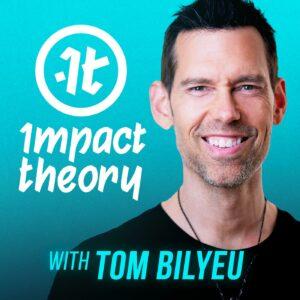
In this episode of “The Narcissistic Abuse & Trauma Recovery Podcast,” host Carolina Estrella dives into the topic of when the narcissist knows you know. She explores the different stages of the abuse cycle in narcissistic relationships and provides insights on how victims can navigate their way out of these toxic dynamics. Carolina shares her expertise on narcissistic behavior and offers guidance on healing from narcissistic abuse.
Carolina explains the four key areas of the abuse cycle in narcissistic relationships. Love bombing is when the narcissist overwhelms the victim with affection and compliments to establish a strong emotional connection. Pushback occurs when the victim challenges the narcissist, leading to hurtful responses. This can trigger the victim’s fight, flight, or freeze response. Hoovering is the narcissist’s attempt to reel the victim back into the relationship after a period of separation. Understanding these stages can help victims recognize the patterns and dynamics of their abusive relationships.
Carolina emphasizes how narcissistic abuse creates a physiological addiction in the victim’s body. The release of hormones like dopamine, serotonin, oxytocin, and cortisol during the abuse cycle can create a dependency on the intense emotional highs and lows. This addiction can make it challenging for victims to break free from the toxic relationship and contributes to the cycle of abuse.
Carolina discusses the difficulties victims face when trying to leave a narcissistic relationship. Narcissists often switch between being nice and not nice, confusing the victim and making it hard to establish boundaries. Breadcrumbing is another tactic used by narcissists to keep their victims hooked by intermittently providing small amounts of affection or love. Victims may also stay in the relationship due to conditioning from past experiences and their skewed interpretations of love.
Carolina offers hope for victims of narcissistic abuse by highlighting the possibility of post-traumatic growth. While leaving a narcissistic relationship can be challenging, it is possible to move from post-traumatic stress to a place of healing and personal growth. Validating experiences and seeking knowledge about narcissistic behavior can help victims regain their sense of self and realize they are not crazy. It’s important to remember that narcissistic behavior is not a reflection of the victim’s worth. With support and healing, victims can emerge stronger and create a peaceful life for themselves.
Understanding the abuse cycle, the addictive nature of narcissistic abuse, the challenges in leaving, and the potential for post-traumatic growth can empower victims of narcissistic abuse. By recognizing the patterns, seeking support, and prioritizing their own well-being, survivors can break free from the cycle of abuse and embark on a journey of healing and personal growth.